10 bathroom plants that absorb moisture and help stop condensation
Did you know there are bathroom plants that absorb moisture — greenery that not only looks beautiful but can also stop condensation and mould? We’re here with the top 10.
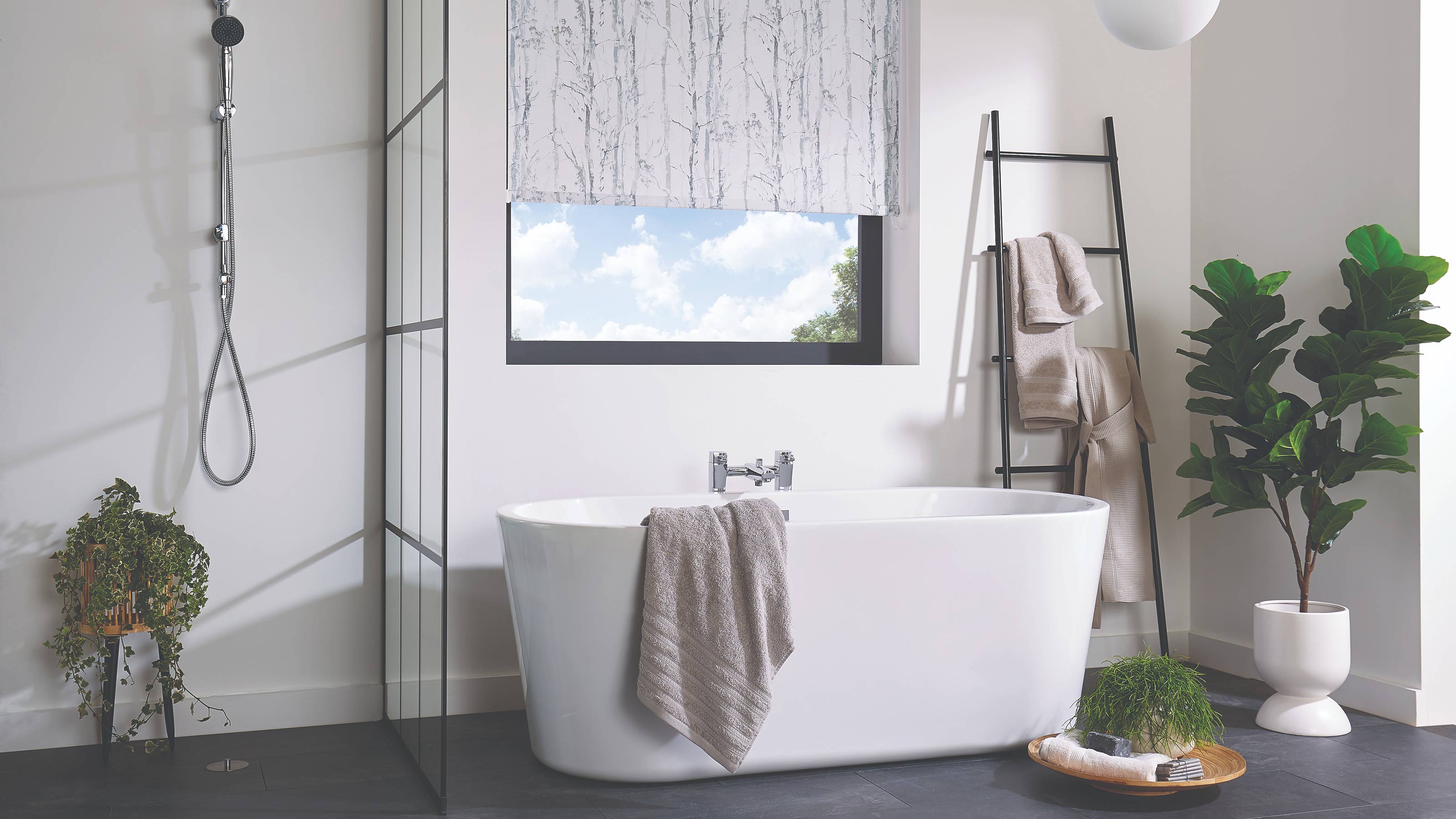
We all know the more obvious benefits of indoor greenery — but bathroom plants that absorb moisture not only look stylish, they come with a whole host of other benefits too.
If you are wondering how to stop condensation in your bathroom, then this is a solution well worth looking into. Bathrooms can be steamy and full of moisture that can, in some circumstances, cause all kinds of unwelcome issues.
“Mould is especially quick to appear in bathrooms because the combination of moisture and heat creates a humid environment where mould spores can thrive,” explains Chris Bonnett, the founder of Gardening Express. “Mould is one of the most common indoor pollutants and can have a serious impact on health if it’s not kept in check. It can grow all year round and thrives in parts of the home where there’s moisture or humidity like the bathroom, kitchen and chilly corners of rooms.”
The good news for anyone concerned about mould and other common bathroom problems is that there may just be an alternative to buying costly equipment, harsh chemical solutions or calling in the professionals — the answer could lie in your choice of houseplants.
Are there really bathroom plants that absorb moisture?
In short, yes, bathroom plants really can help with excess moisture and could even reduce and prevent window condensation.
“There’s no need to use specialist mould killing products or a dehumidifier to get rid of the problem,” says Chris Bonnett. “The best and most natural method is to simply add some greenery to your bathroom. By opting for this natural solution, you can avoid using harsh chemicals and wasting electricity to run an air conditioning device.”
Sounds like an ideal scenario — reduce moisture while adding to the aesthetic appeal of your bathroom design. But how do plants help?
“Humidity-loving houseplants absorb excess moisture, so they are excellent at purifying air from toxins and keeping mould at bay,” explains Chris.
However, not all plants are created equal and some varieties will be much better than others at controlling the humidity levels in your bathroom.
”Not many plants can handle the intense bathroom environment, so it’s important to choose houseplants that don’t mind extreme temperature fluctuations and do well without lots of sunlight,” explains Chris. “How good a plant is at reducing humidity is all to do with its ability to absorb dew, fog and other moisture through its leaves. This moisture then moves down to its roots.”
Here, we take a look at the 10 best plants to reduce moisture in the air.
1. English ivy
Easy to care for and happy in humid areas, English ivy has a lovely natural, rustic look that suits bathrooms particularly well — plus it can really improve air quality according to the experts.
“English ivy removes airborne mould and other nasties too,” says Chris Bonnett. “It grows best in bright, indirect light.”
A word of caution though, it can be toxic to pets so hang it up high, where it will be happiest anyway.
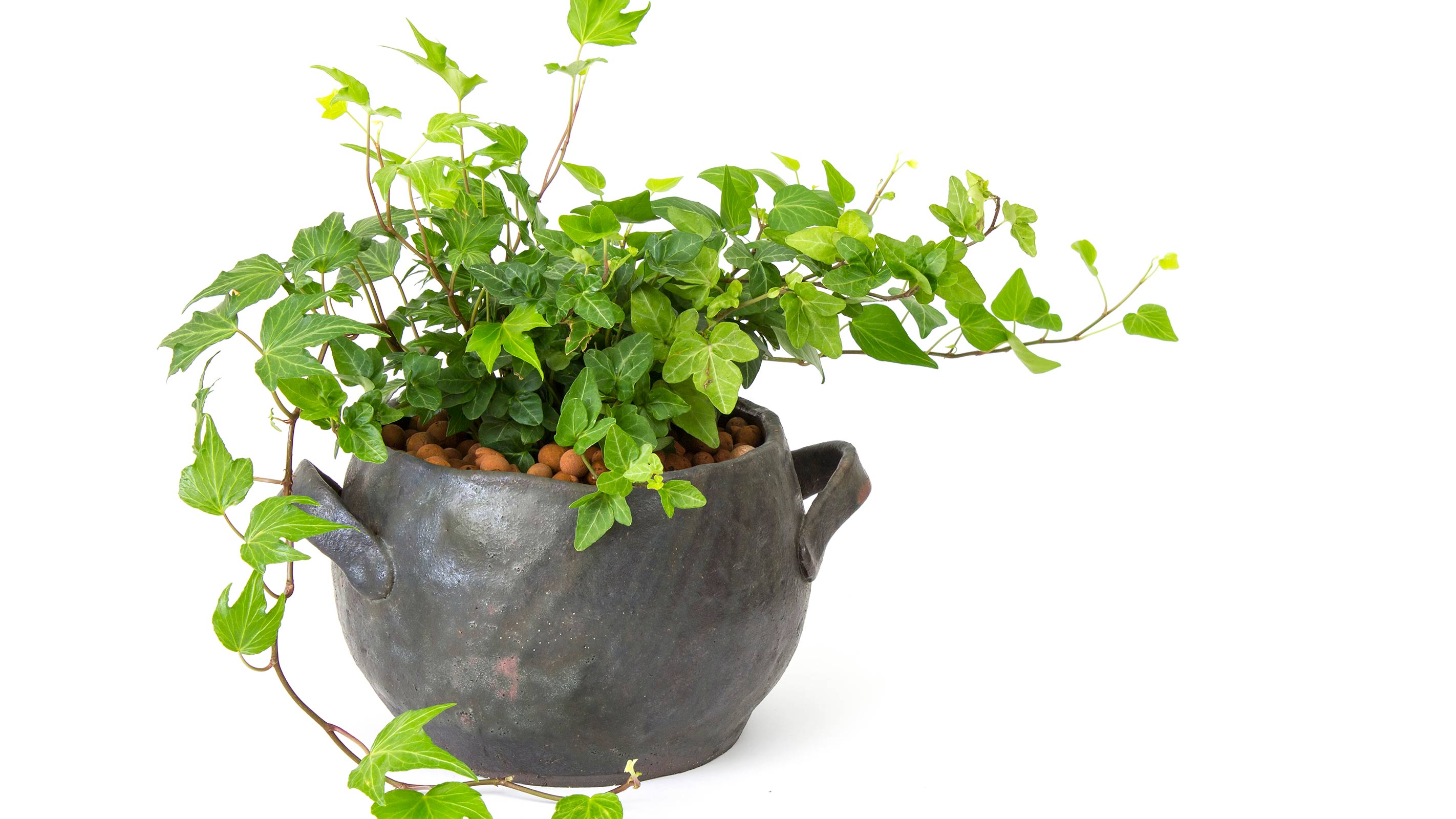
2. Spider plants
If you tend to struggle to keep plants alive, then this one is for you — perfect for even novices to the world of house plant ownership.
Spider plants can do well in pretty much any condition, but love humid atmospheres, readily absorbing water through their long, slender leaves and often producing pretty little white spider-shaped flowers and baby plants.
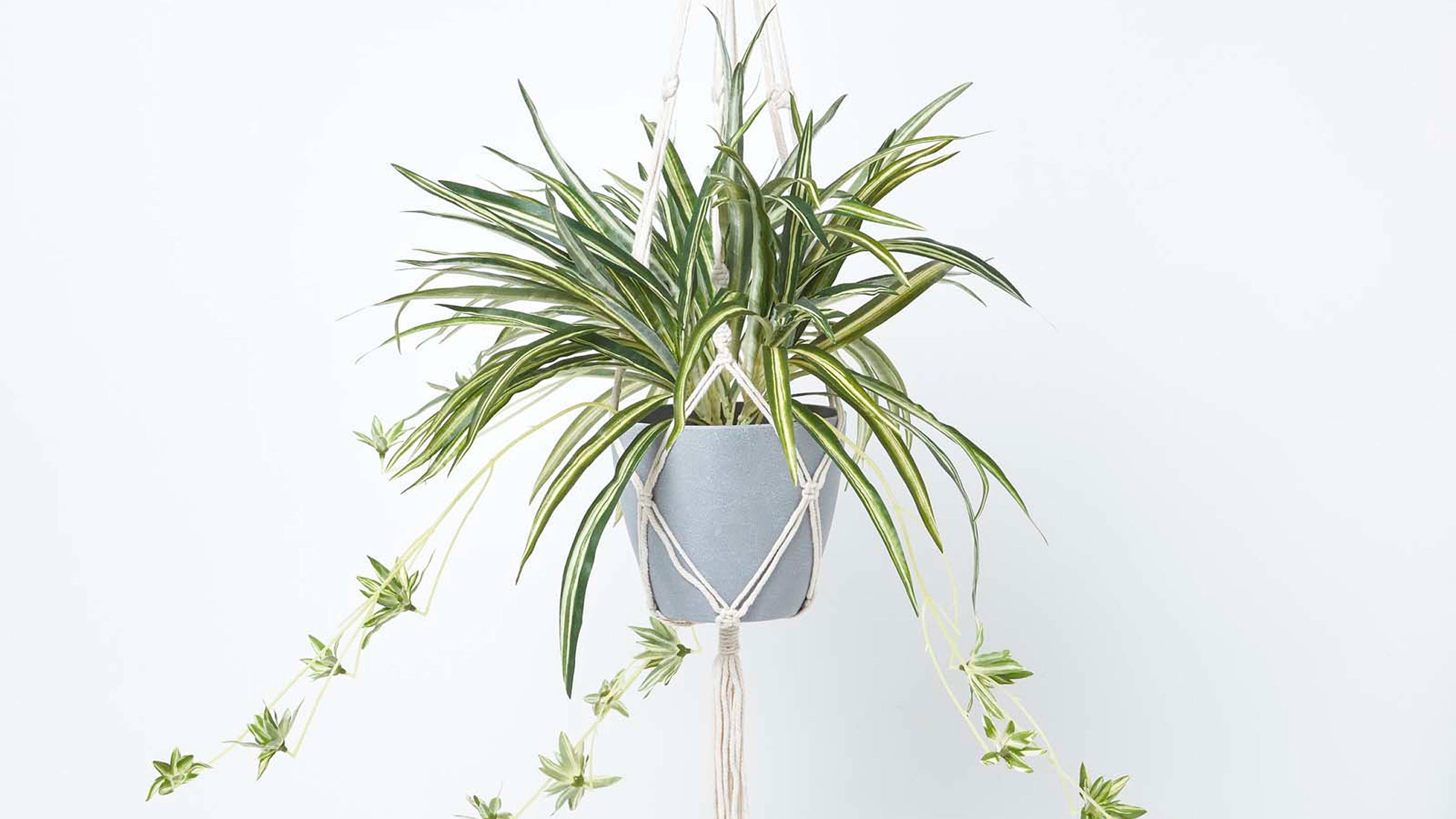
3. Peace lily
Peace lilies look beautiful in bathrooms, bringing with them a serene quality — plus they do really well in rooms with high humidity levels.
“The peace lily is the perfect choice for areas prone to mould,” says Chris Bonnett. “It absorbs moisture in the air through its leaves and doesn’t need direct sunlight to thrive.” Again, take care if you have pets as they can be toxic to them.
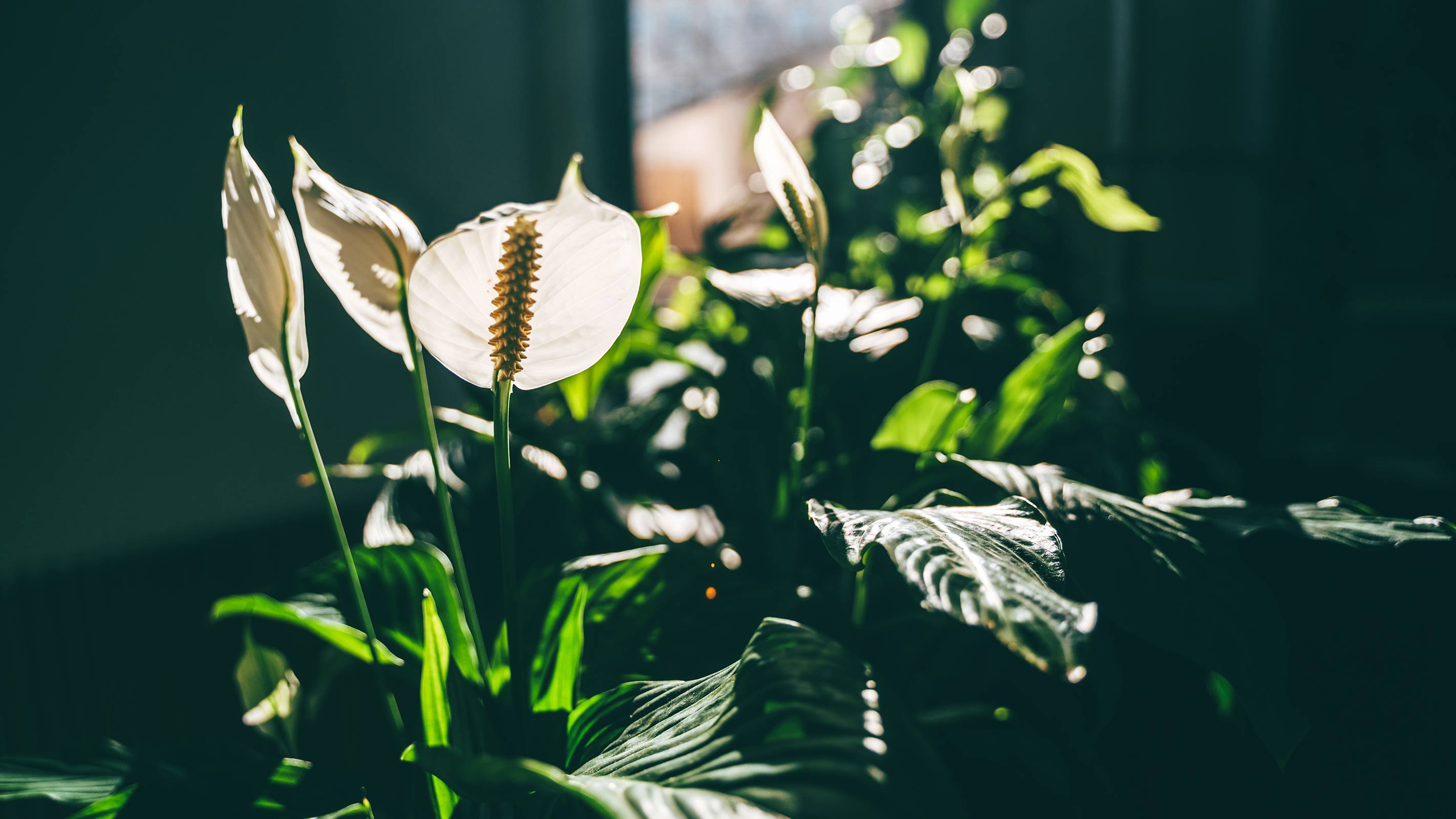
4. Orchids
Orchids tick all the right boxes when it comes to the best bathroom plants. They absorb and actively benefit from moisture in the air and love humidity levels of between 60%-80%.
If your bathroom is a windowless space (in which case you should be sure to learn how to ventilate a room without windows) then this might not be the right option for you — they like bright, indirect light.
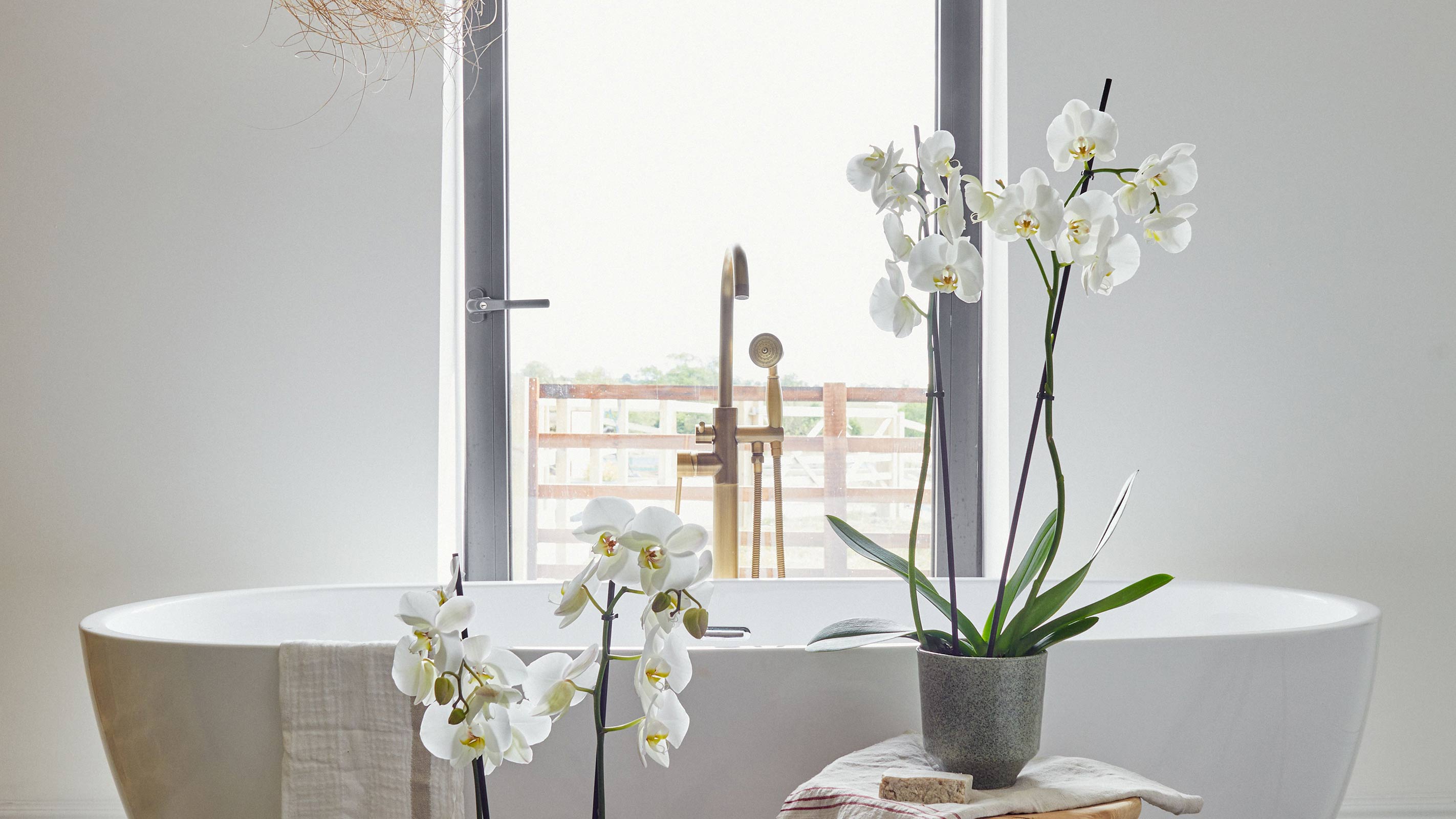
5. Tillandsia
Also known as air plants – or, more formally as epiphytic plants – Tillandsia does not attach its roots to soil but gets all its nutrients from the air. This type of plant loves humid, steamy conditions, plenty of light and warmth — and so are ideal for bathrooms.
Although they don’t need potting in soil, they do appreciate a good, long drink once a week so don't think you get away with ignoring them completely.
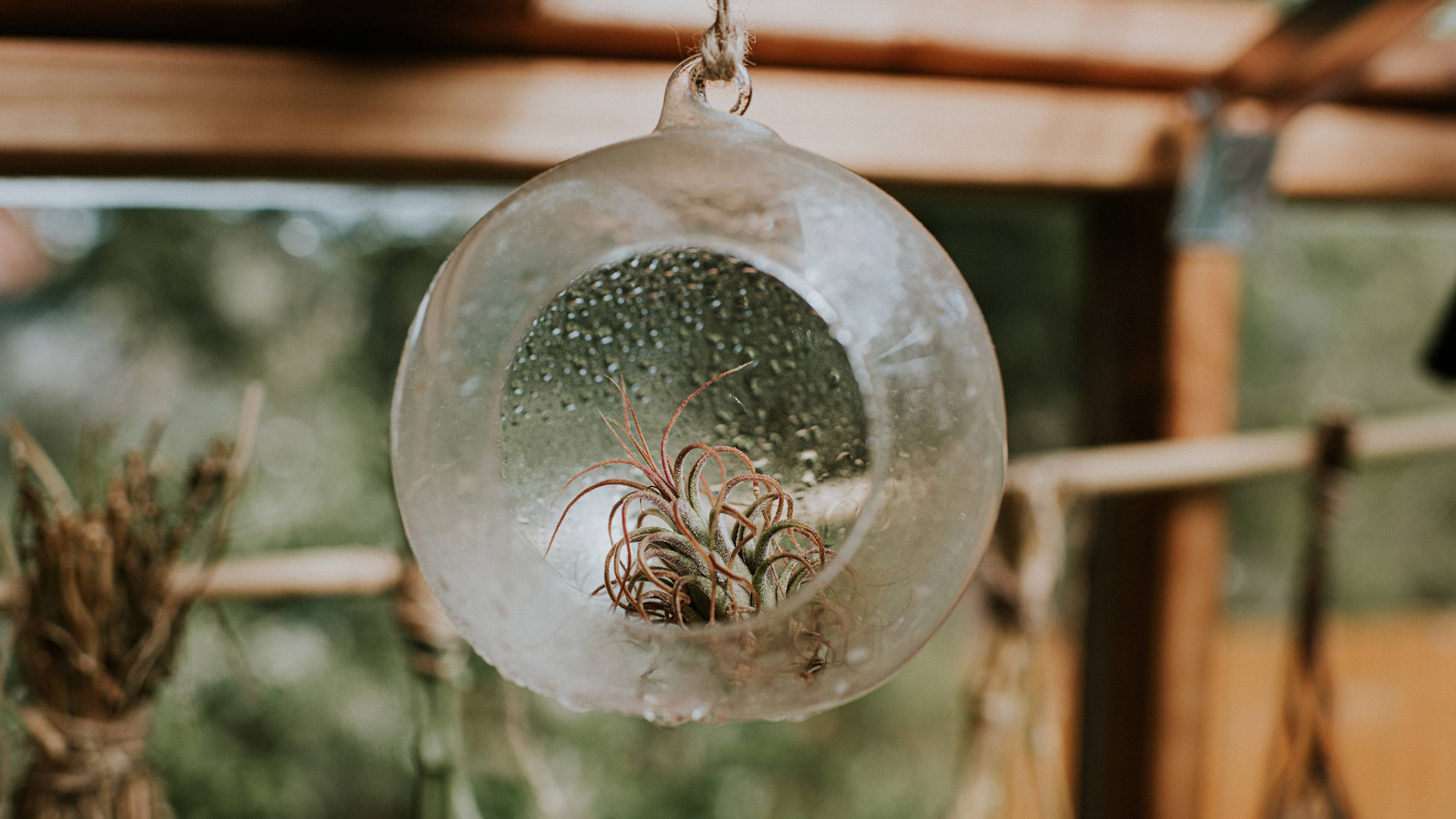
6. Palms
With their large, glossy leaves and tropical good looks, palms really add to the decor of most bathrooms. They are also well-placed to reduce excess moisture.
“Palms are a great choice to help control humidity and keep mould at bay by absorbing moisture through their leaves,” says Gardening Express' Chris Bonnett. “Varieties to look out for include areca palms, bamboo palms, the lady palm, dwarf date palm and reed palm”
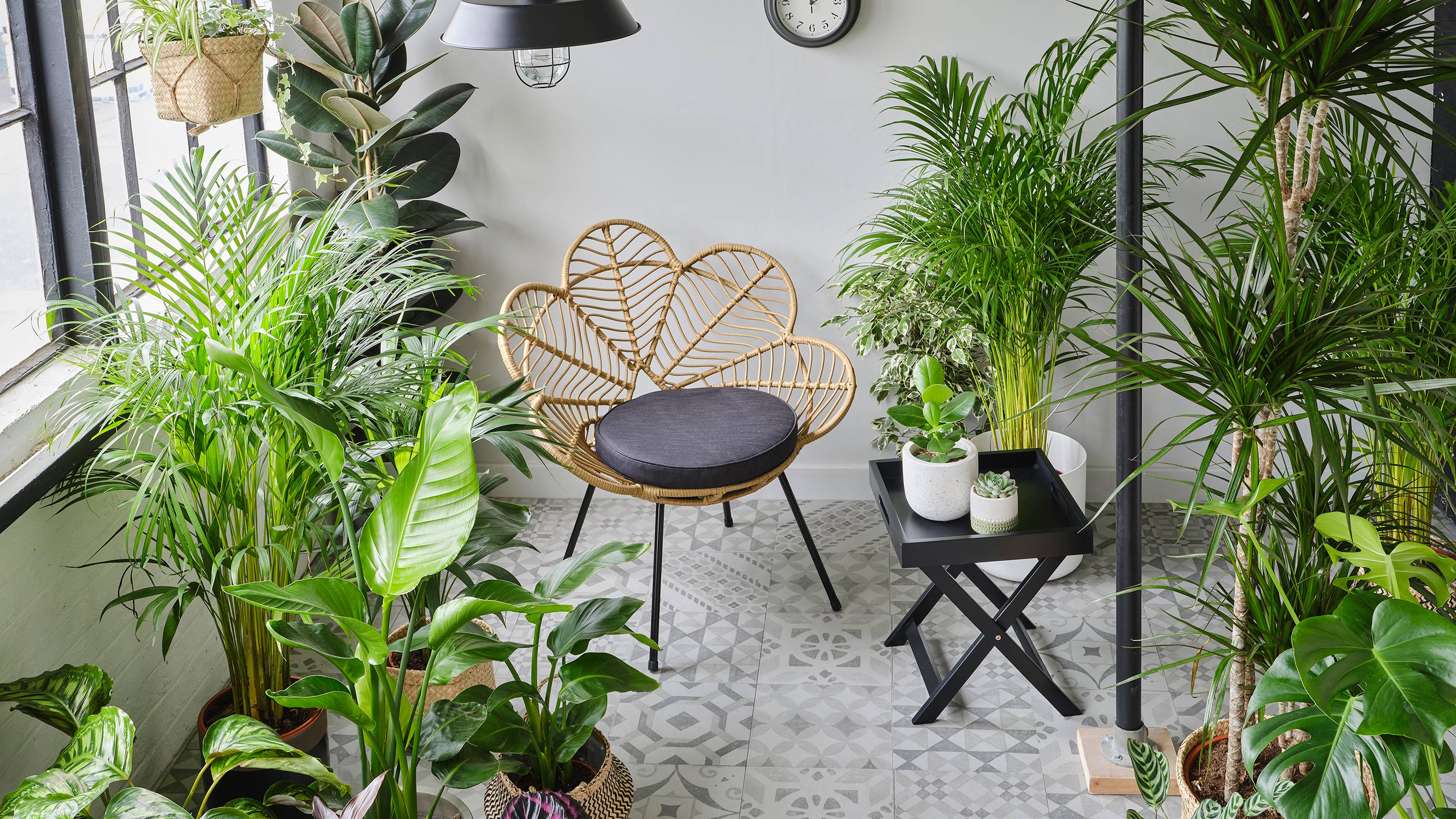
7. Ferns
Conjuring up a peaceful, woodland feel, ferns have a lot to offer those with humidity issues in their bathrooms too. In particular, the Boston Fern can help.
“The Boston Fern thrives in moist climates and will naturally absorb the air moisture and balance out humidity levels in your home,” says Chris Bonnett. “All it needs to survive is indirect sunlight and regular watering.”
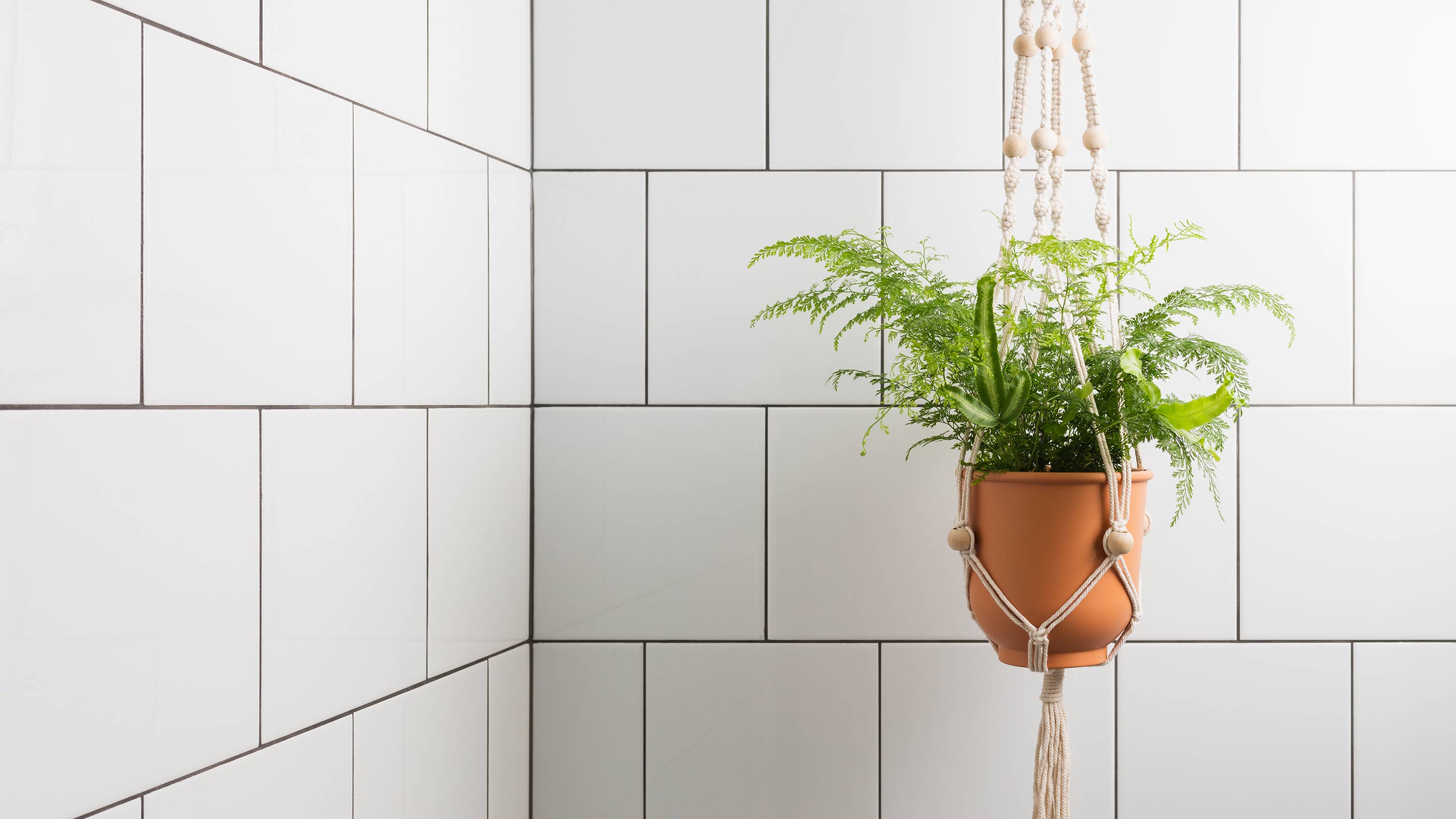
8. Snake plant
Also known as Sansevieria trifasciata (as well as mother-in-law's nose or tongue), the snake plant has deep green, sword-shaped leaves. It loves lots of light and warmth and is easy to grow. Being a succulent, this plant stores water in its thick, juicy leaves.
This is one to consider if you are after modern bathroom ideas as it has a nice sharp structure that suits clean lines and minimalism well.
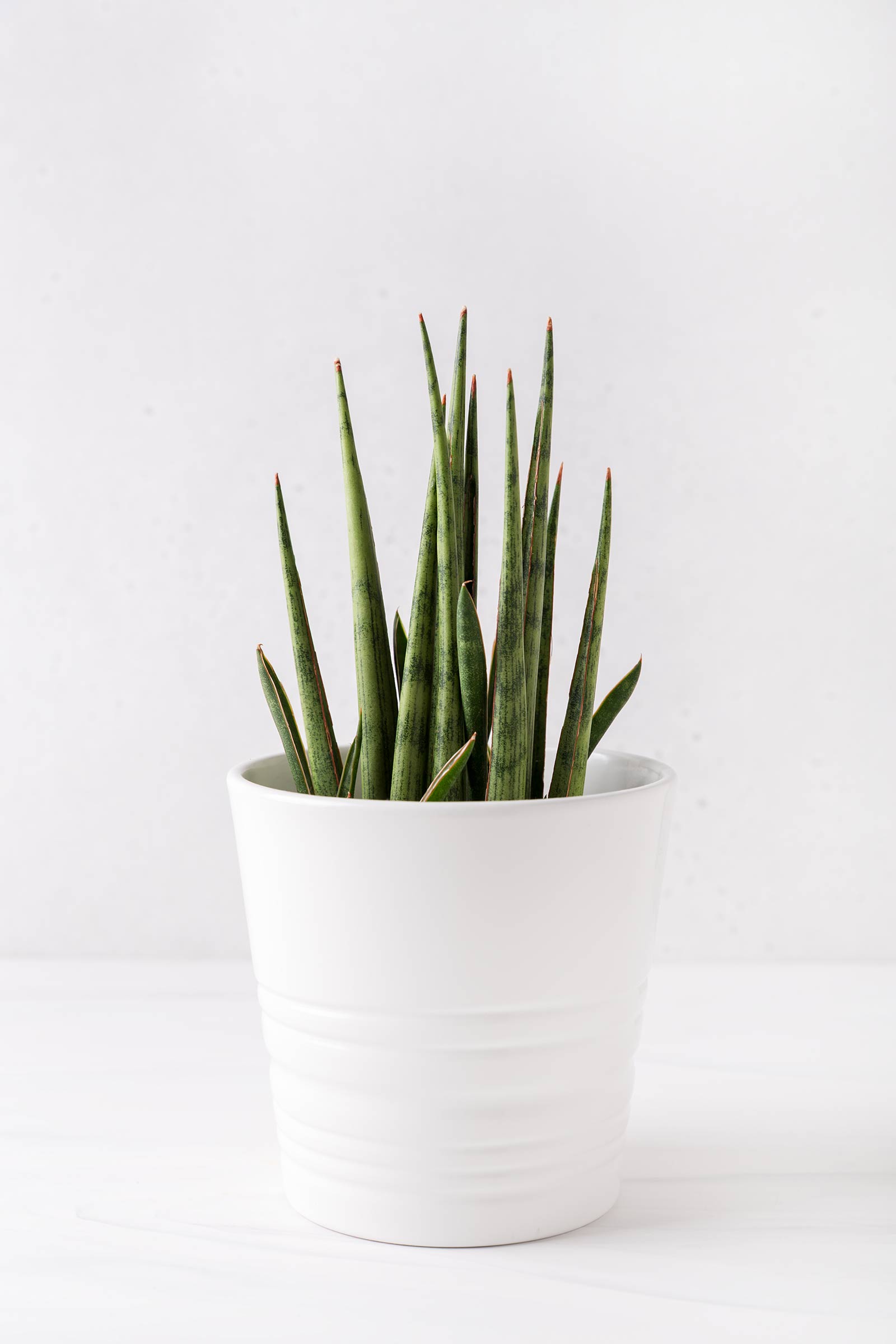
9. Begonias
Enjoying something of a resurgence in popularity, the begonia might seem like an unlikely candidate for a humidity controlling plant and yet it can actually be really beneficial in bathrooms according to the experts.
Although Begonias have garnered a bit of a reputation for being hard to care for as a houseplant, they actually love humid environments, taking water in through their leaves — simply pot them in well-draining soil and out of direct sunlight.
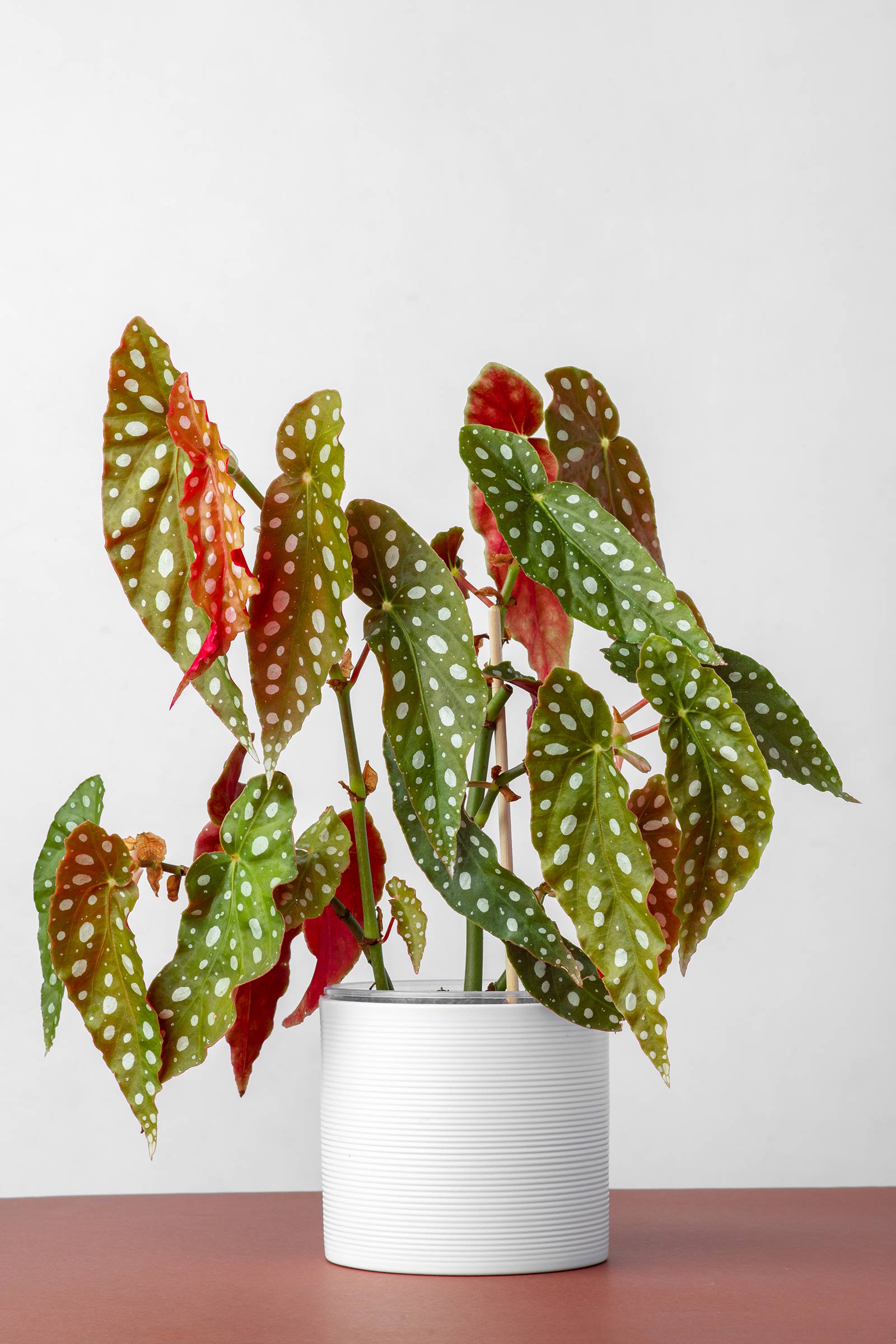
10. Lucky bamboo
Despite the name, lucky bamboo is not actually part of the bamboo family — although it looks very much like it should be.
These plants adore warm, humid spaces and can actually reduce the ambient humidity — plus they look great in contemporary bathrooms, with their highly structural form. Interestingly, they can be grown in both soil and water.
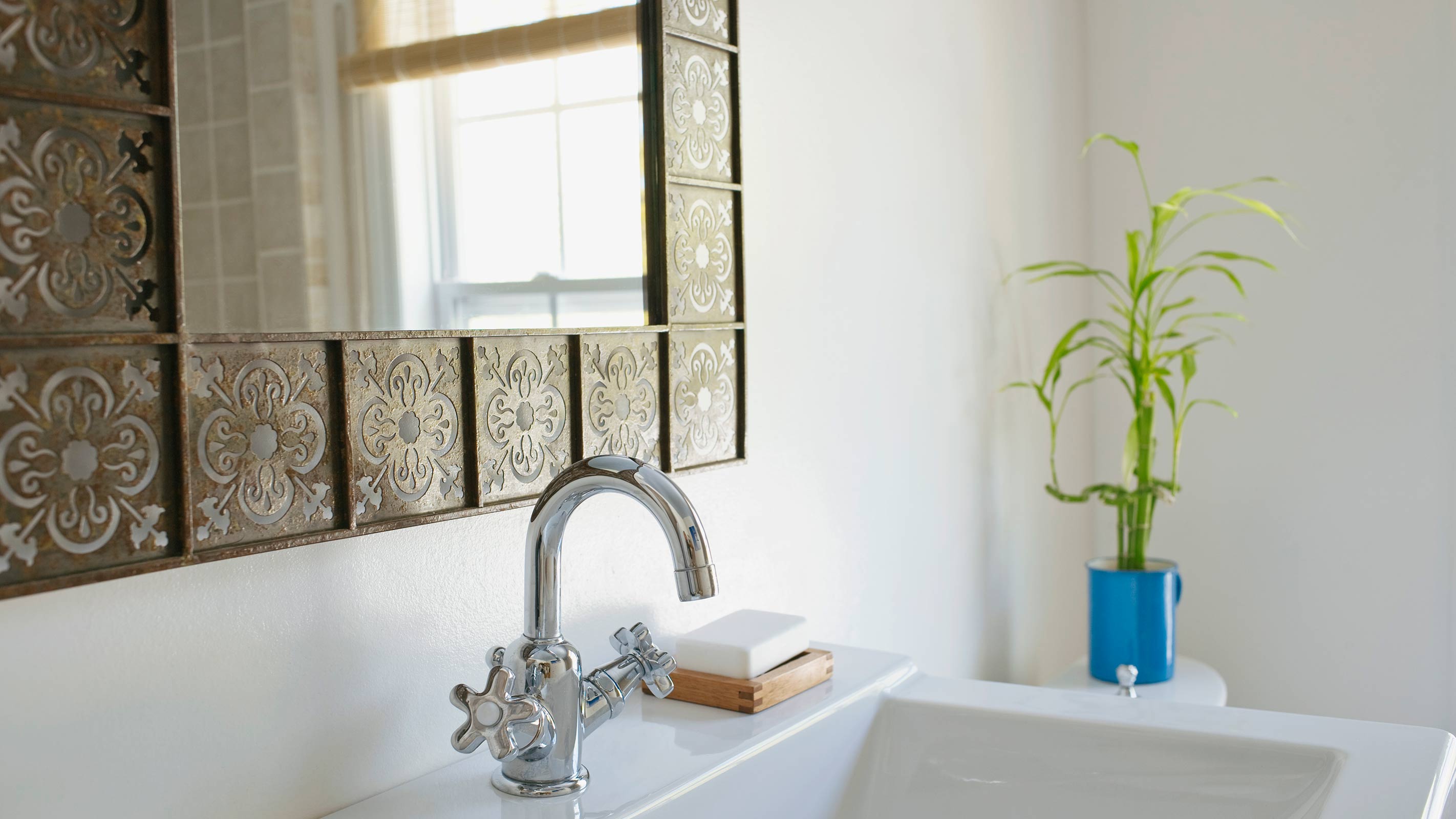
Get the Homebuilding & Renovating Newsletter
Bring your dream home to life with expert advice, how to guides and design inspiration. Sign up for our newsletter and get two free tickets to a Homebuilding & Renovating Show near you.
Natasha was Homebuilding & Renovating’s Associate Content Editor and was a member of the Homebuilding team for over two decades. In her role on Homebuilding & Renovating she imparted her knowledge on a wide range of renovation topics, from window condensation to renovating bathrooms, to removing walls and adding an extension. She continues to write for Homebuilding on these topics, and more. An experienced journalist and renovation expert, she also writes for a number of other homes titles, including Homes & Gardens and Ideal Homes. Over the years Natasha has renovated and carried out a side extension to a Victorian terrace. She is currently living in the rural Edwardian cottage she renovated and extended on a largely DIY basis, living on site for the duration of the project.

